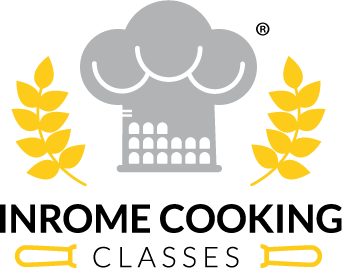What the first thing that comes to mind when you think of the Vatican?
The Pope?
Saint Peter’s Basilica, from which the pope still gives his addresses?
The Vatican Museums and its unparalleled artistic collection?
For many, the answer is the Sistine Chapel.
Built in the last quarter of the 15th century, even in its own day the Sistine Chapel was one of world’s great wonders. The chapel was named after the pope who commissioned it, Sixtus IV (1414 – 1484), converting it from its former incarnation as the Vatican’s cappella magna (Great Fortified Hall).
The Sistine Chapel was designed in such a way that it could still serve as a fortification. And with tensions always bubbling away between Rome, the Medici Family in Florence and Turks threatening Italy’s west coast, the popes never knew when they might have to use it.
Few people know the name of the Sistine Chapel’s architect, Giovanni dei Dolci, but everybody has heard of the Sistine Chapel’s main artist – Michelangelo Buonarotti. His famous frescoes of the Last Judgement and the ceiling’s biblical scenes are the main attractions that draw the Sistine Chapel’s multitude of visitors, rendering it one of the greatest artistic and architectural achievements on the planet.
Read on and let’s discover all about it.
History
The structure of the Sistine Chapel was completed in 1481. But as impressive as its rectangular, six arched windowed walls and barrel-vaulted ceiling were, the interior did not quite match the splendour. The Sistine Chapel still needed a rich artistic programme to match its architecture.
This is where the Florentine Renaissance Masters came in.
 While most people think only of Michelangelo, his was not the only hand to leave a mark on the chapel. Other artists who painted its walls include Perugino, Pinturicchio, and Botticelli, whose Birth of Venus is one of the centrepieces of Florence’s Uffizi Galleries.
But Michelangelo’s legacy has proved the most lasting, deservedly receiving the most amount of attention during any tour of the Sistine Chapel.
From 1508 to 1512, Michelangelo worked practically single-handedly on the Sistine Chapel ceilings. Under the watchful eye of Pope Julius II, he toiled away, seeking perfection despite being a sculptor, not a fresco artist. Few can criticize the end result: Michelangelo’s achievement earned praise sung throughout the ages (with not one bit of controversy surrounding it).
While most people think only of Michelangelo, his was not the only hand to leave a mark on the chapel. Other artists who painted its walls include Perugino, Pinturicchio, and Botticelli, whose Birth of Venus is one of the centrepieces of Florence’s Uffizi Galleries.
But Michelangelo’s legacy has proved the most lasting, deservedly receiving the most amount of attention during any tour of the Sistine Chapel.
From 1508 to 1512, Michelangelo worked practically single-handedly on the Sistine Chapel ceilings. Under the watchful eye of Pope Julius II, he toiled away, seeking perfection despite being a sculptor, not a fresco artist. Few can criticize the end result: Michelangelo’s achievement earned praise sung throughout the ages (with not one bit of controversy surrounding it).

Michelangelo painted the major biblical scenes in specific locations.
In the center, we find the Book of Genesis. Down the left side of the chapel (facing the altar), we find parts of the Old Testament, and down the right side we find scenes in the New Testament. The Last Judgment, another fresco by Michelangelo, covers the entire wall behind the altar.
Central to the ceiling decoration are nine scenes from the Book of Genesis, of which The Creation of Adam is the best known. Having an iconic standing equaled only by Leonardo da Vinci's Mona Lisa, the hands of God and Adam have since reproduced countless imitations of Michelangelo's original work.
The complex design includes several sets of individual figures, both clothed and nude, which allowed Michelangelo to fully demonstrate his skill in creating a huge variety of poses for the human figure and which have provided an enormous book of models that have inspired artists ever since.

Remarkably, this was Michelangelo's first attempt at painting. But he mastered these skills quickly, as the central figure of Adam was completed in just four days, and God only took three.
In total it took Michelangelo from 1508 to 1512 to complete the 300 figures that trace the Biblical history of man before the coming of Christ. But there is much controversy over the recent restoration, where 500 years of dust and grease were cleaned away, and the vibrant colors restored.
Useful Info
OPENING HOURS: Monday – Saturday 9:00AM – 6:00PM Last Sunday of each month 9:00AM – 2:00PM CLOSED: 1, 6 January 11, 19, 22, 28 February 29 June 15 August 1 November 8, 26 December




